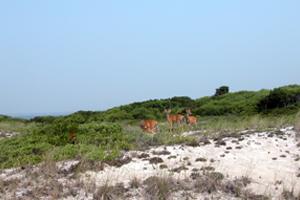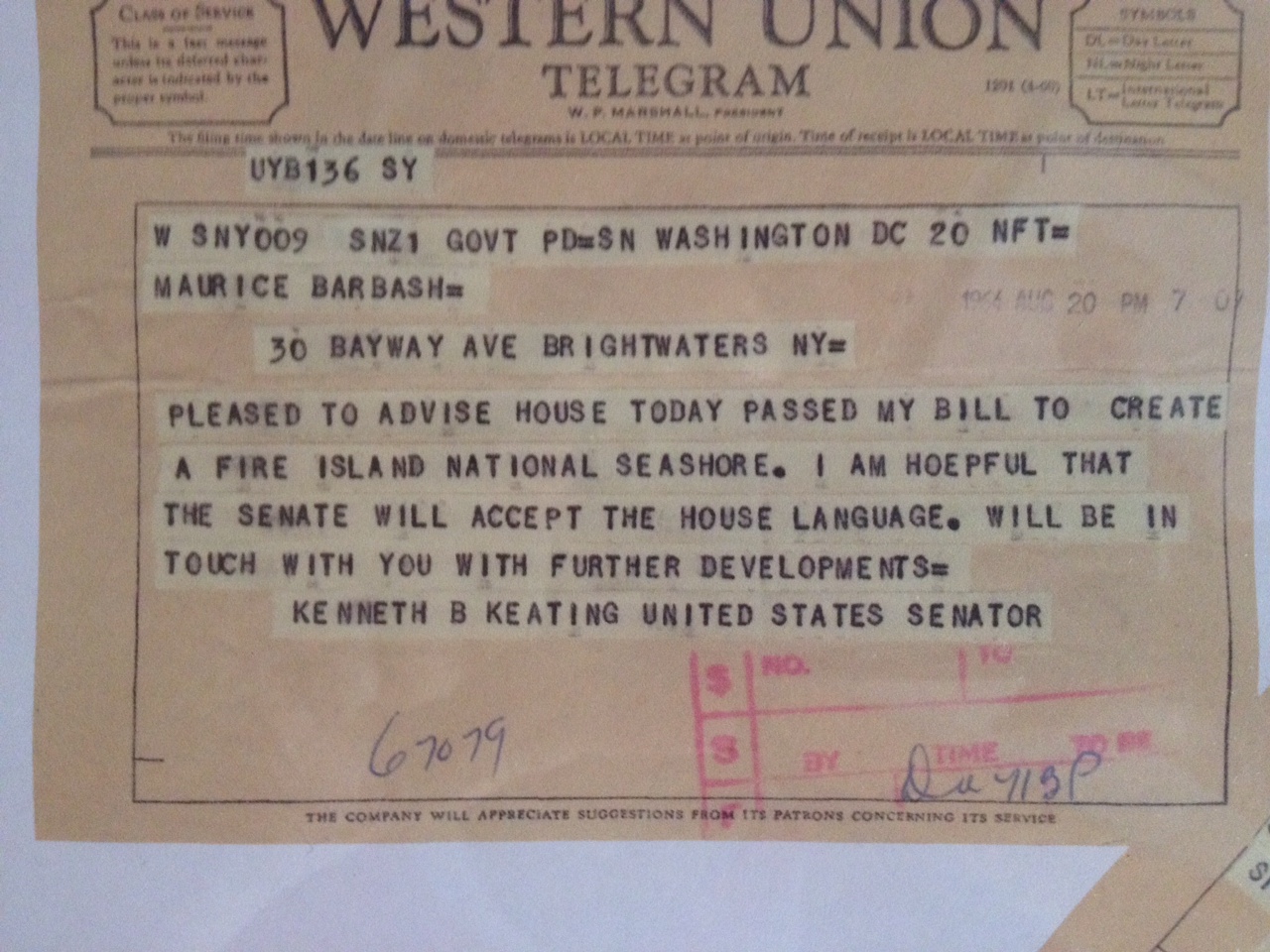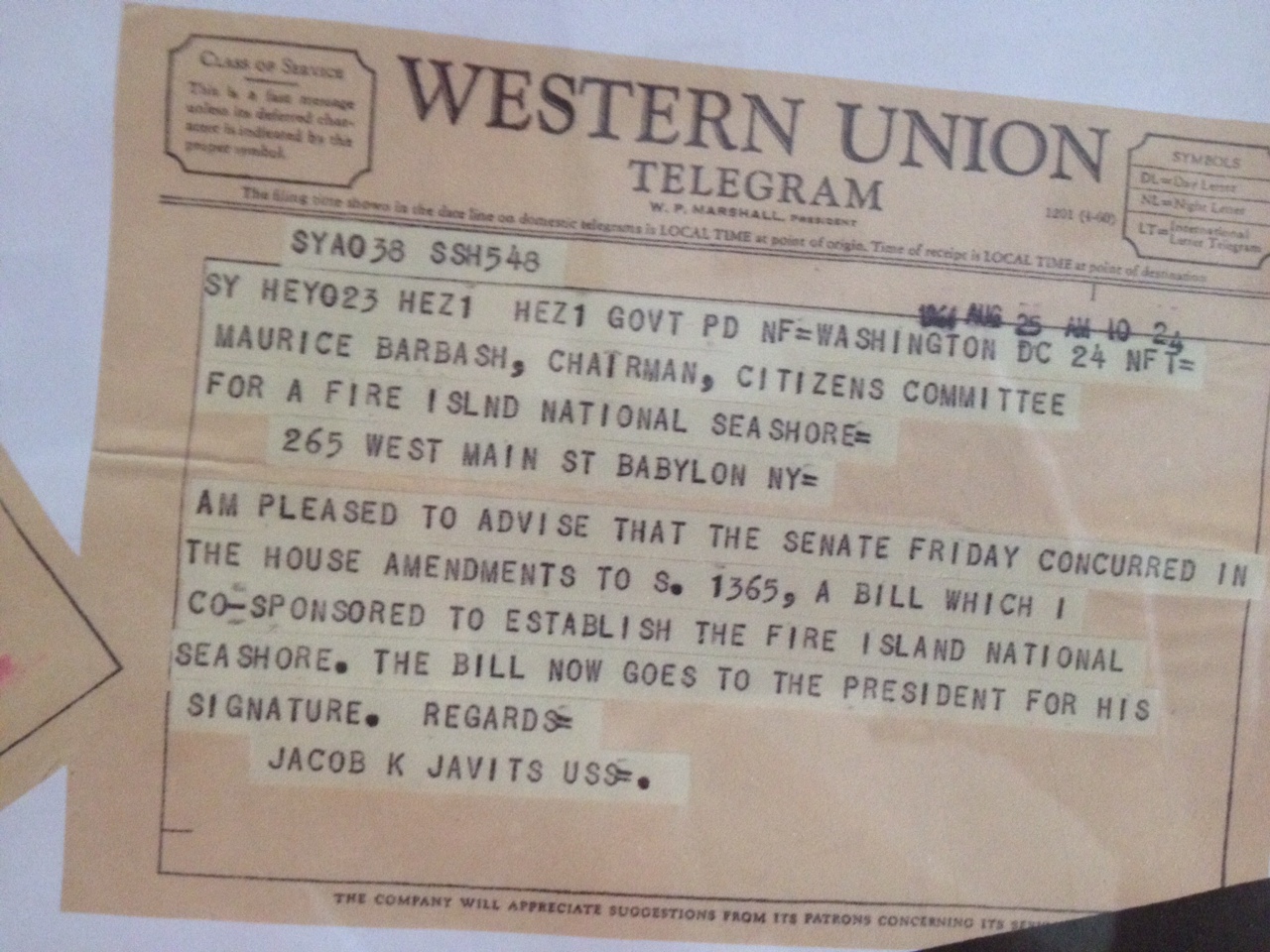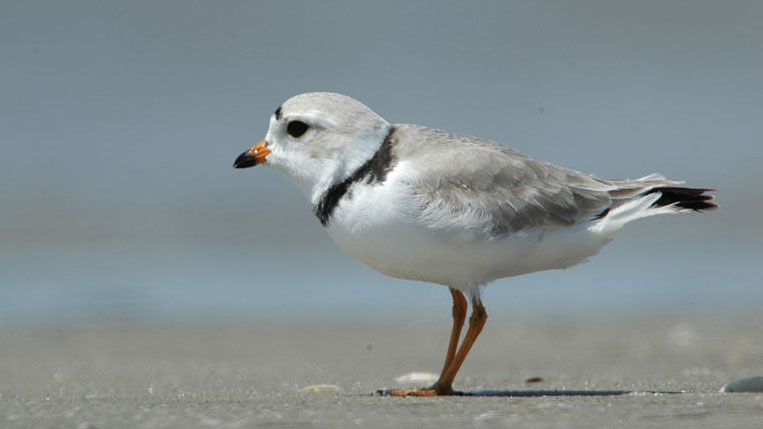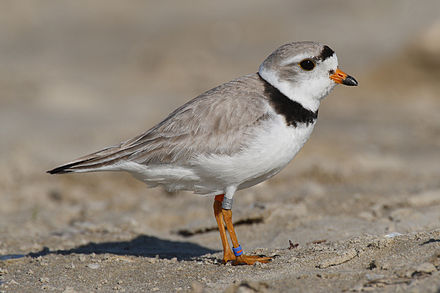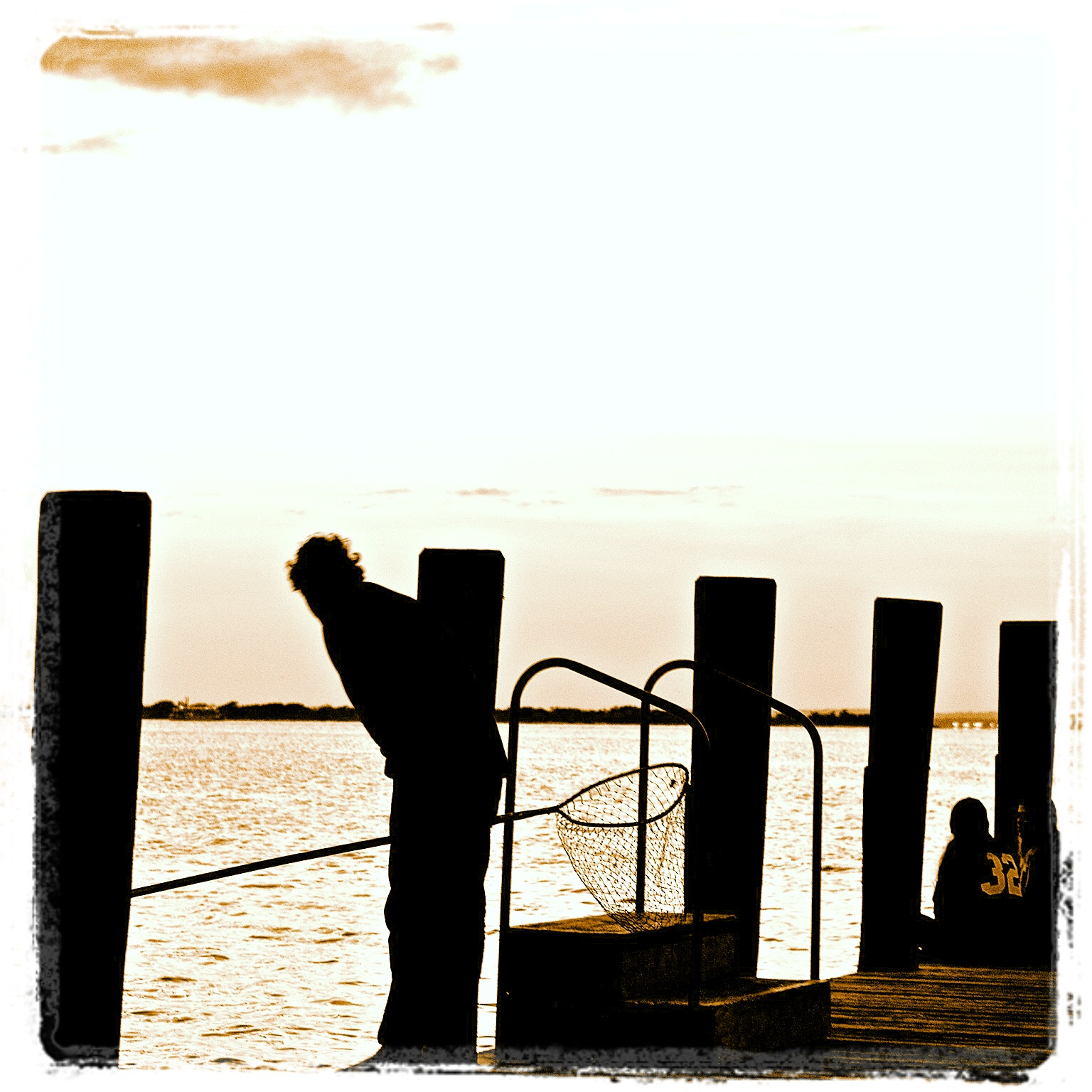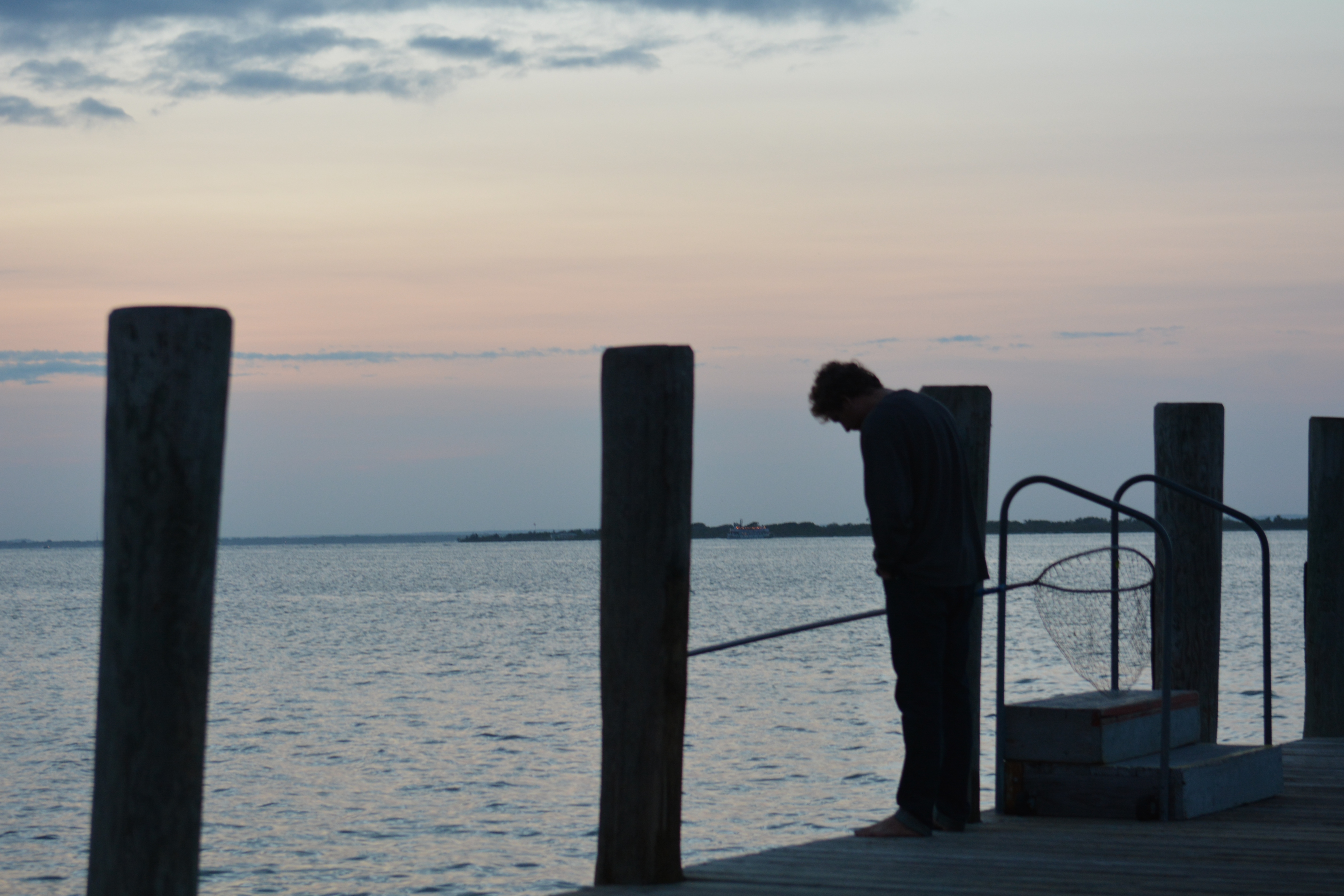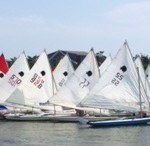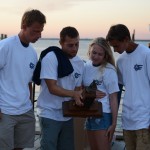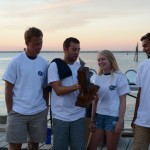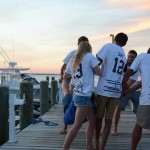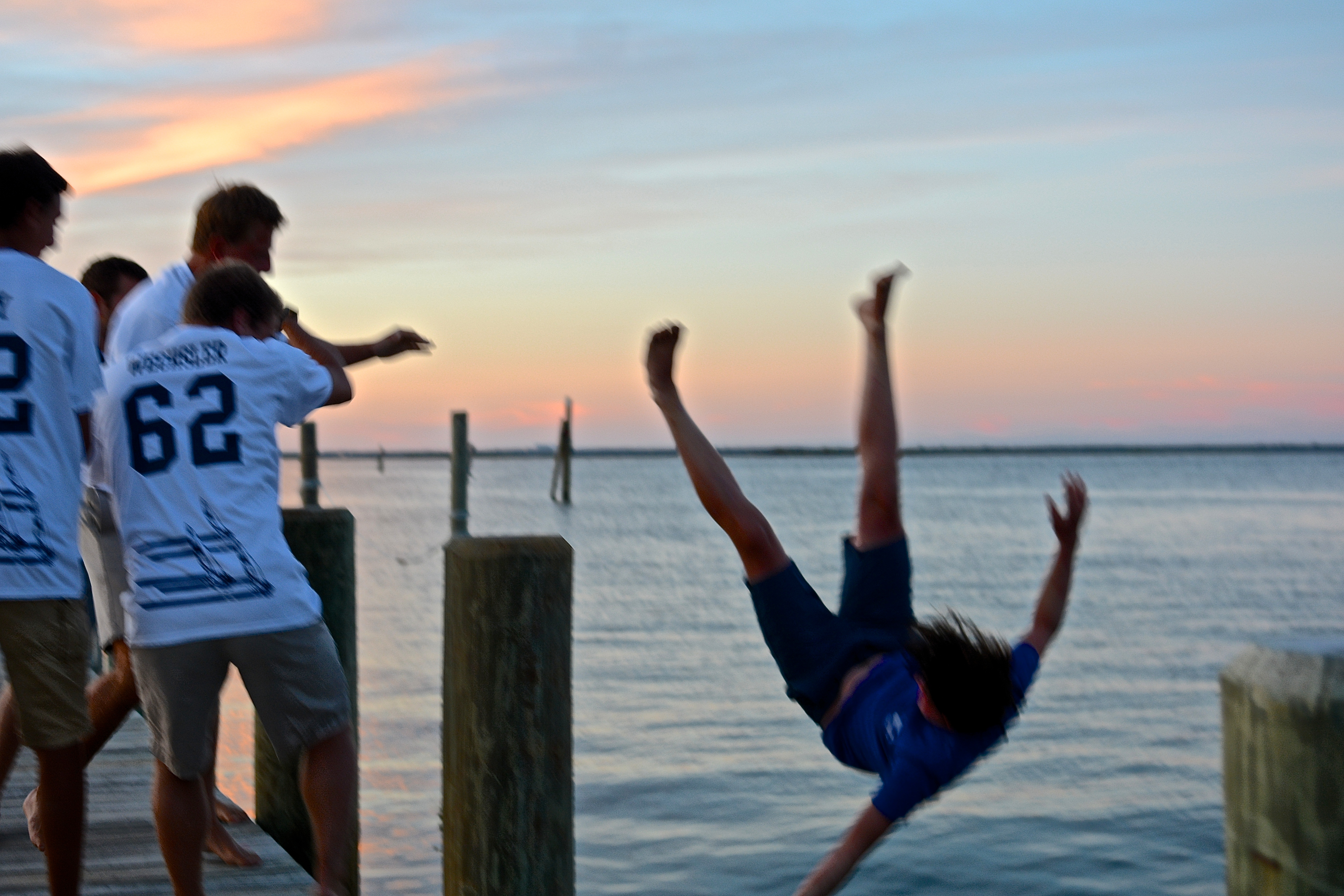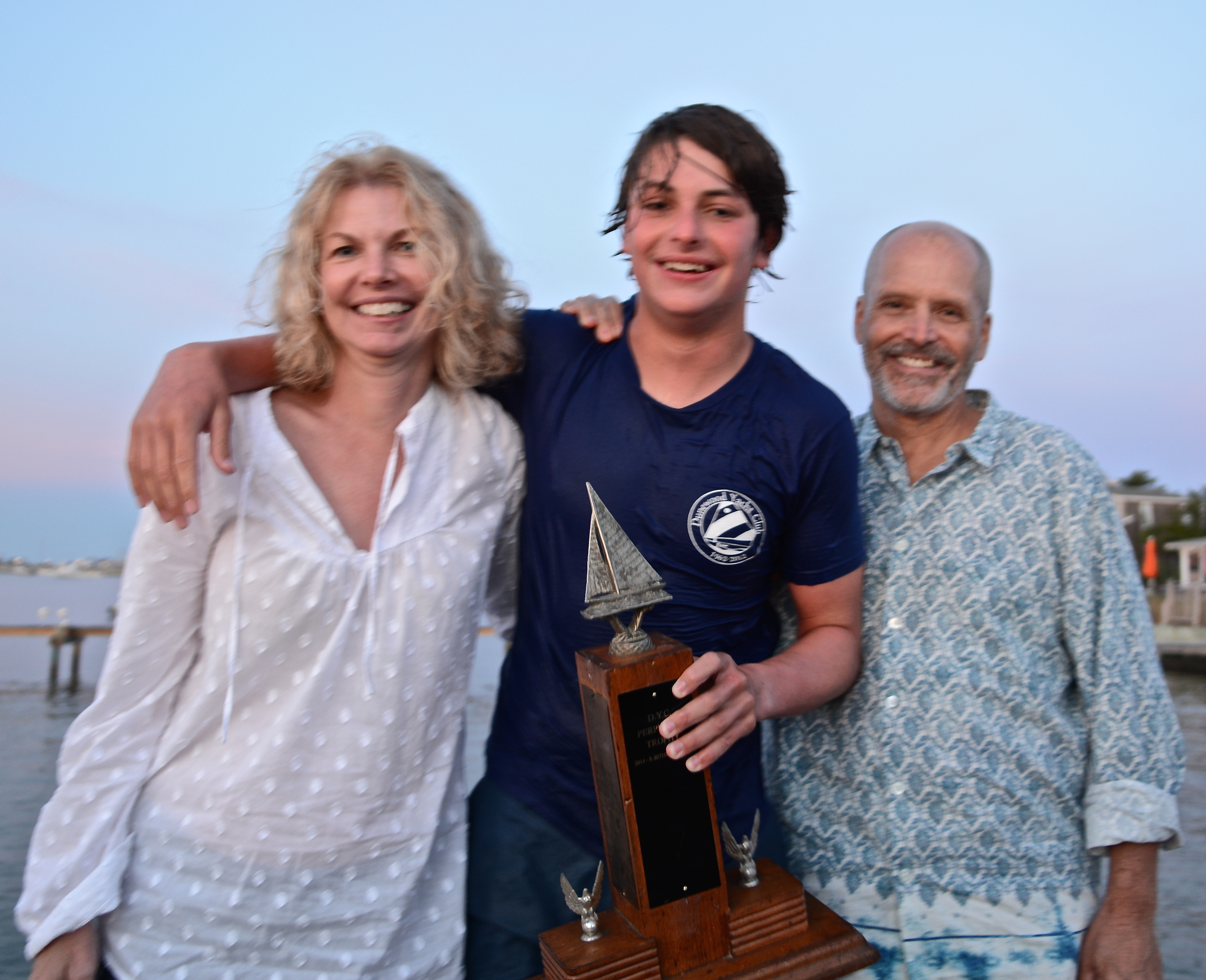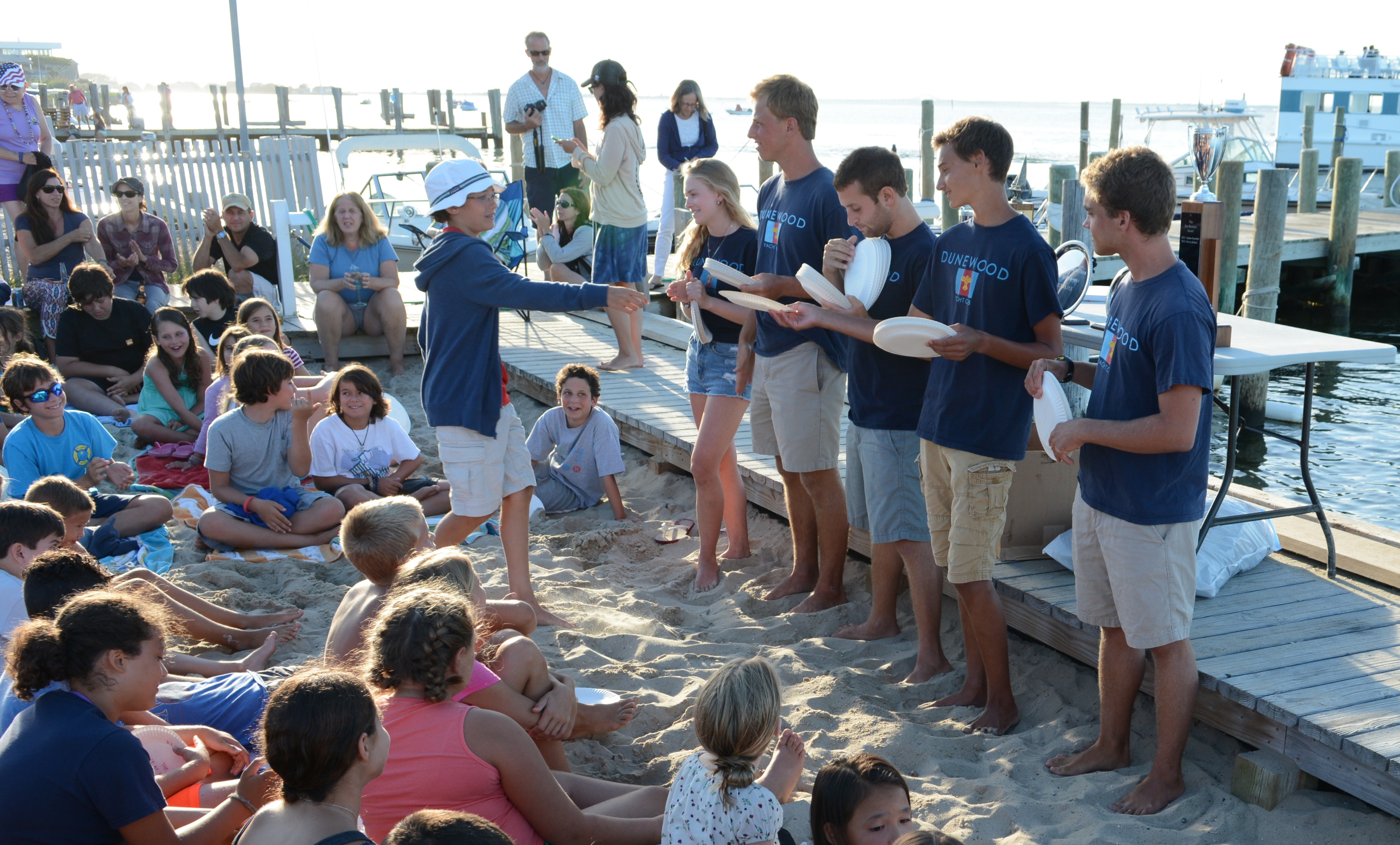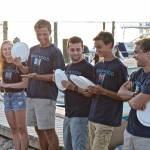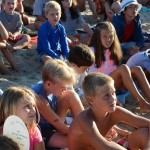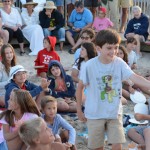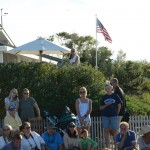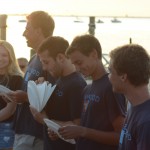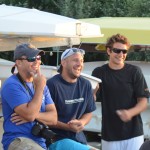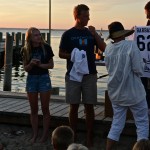Save Deer In A New York Minute
Dear Friend,
For years, we have worked with the National Park Service (NPS) and local residents to implement a successful fertility control study to help the NPS manage deer populations on Fire Island National Seashore.
Instead of expanding this effective and widely supported program, the NPS recently released a deer management plan for Fire Island that calls for the killing of hundreds of semi-tame animals who have peacefully coexisted with residents for decades.
We need your help to prevent this unnecessary lethal control. Please take one minute to tell the NPS that you strongly support the use of effective, non-lethal fertility control methods for deer on Fire Island»
where to buy priligy in london You can copy and paste the following into the contact form to start off your letter:
I’ve recently learned that the National Park Service has released its Draft Environmental Impact Statement/Deer Management Plan for Fire Island National Seashore. For more than 15 years, The Humane Society of the United States has worked with the NPS to implement a fertility control study using humane methods to manage deer population. The study has been widely supported and successful. The NPS should continue working with organizations like The HSUS and Fire Island residents to implement humane deer management strategies rather than killing semi-tame deer, who are a cherished part of the visitor experience at Fire Island.
Thank you,
Wayne Pacelle
Wayne Pacelle, President & CEO – Humane Society of the United States
Please cut a paste the link below to National Park Service-PEPC-Fire Island National Seashore Draft White-tailed Deer Management Plan:
http://parkplanning.nps.gov/commentForm.cfm?documentID=60638
We have the support of Vincent Palmer, the NYSDEC Commissioner; NYS Senator Phil Boyle; and Betsie Wintenberger, Robert Moses State Park Superintendent.


